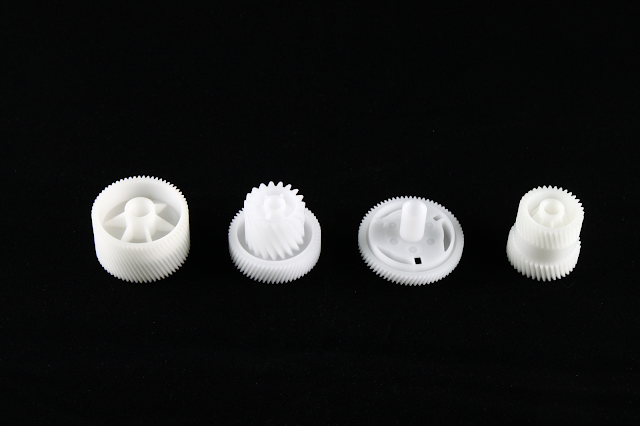Rapid Prototyping: The Future of Manufacturing
Rapid prototyping and manufacturing is the technique of swiftly
producing physical components or models with three-dimensional (3D) printing
technology. With this technology, designers may use specialised software to
produce a digital model of a part or product. The program then transfers the
digital model to a 3D printer. It generates a physical reproduction of the component
or product from a variety of materials, including plastic and metal.
How does rapid prototyping and manufacturing work?
Rapid prototyping and production
begin with the construction of a digital 3D model using CAD software. The 3D
model can be produced from scratch or scanned from an existing object with
specialised technology.
There are various types of 3D
printing methods for quick prototyping and manufacturing, each having their own
advantages and disadvantages. Some printers employ plastic ingredients that are
melted and applied layer by layer until the finished product is complete. Other
printers employ lasers to fuse metal particles together, resulting in a solid
metal item during the fast prototyping phase.
Why is Rapid prototyping China important in manufacturing?
Rapid prototyping provides various advantages
for manufacturers. First and foremost, it enables businesses to rapidly and
effectively develop new components and products. This speed and efficiency may
be transformative for businesses who need to get their products to market
rapidly.
Rapid prototyping and production
may help businesses remain competitive.
Furthermore, fast prototyping
enables businesses to test and modify their goods before proceeding to
full-scale manufacturing. Rapid prototyping and production provide more
effective user testing in the early phases of the design process. Having a
tangible prototype to test and assess differs from analysing a digital design.
Rapid prototyping and production enable design teams and clients to interact
more effectively by providing precise user input on a physical part's function
and design.
Rapid prototyping and production, which follow an iterative design approach, allow for frequent adjustments based on real-world testing. Rapid prototyping and production allow for instantaneous changes.
Finally, quick prototyping and manufacturing by Rapid prototyping Manufacturer enable businesses to build components and products that would be difficult or impossible to produce using traditional methods. For example, 3D printing can make items with complicated geometries that would be impossible to manufacture using standard machining processes.
Main source: https://mctgroups.seesaa.net/





Comments
Post a Comment